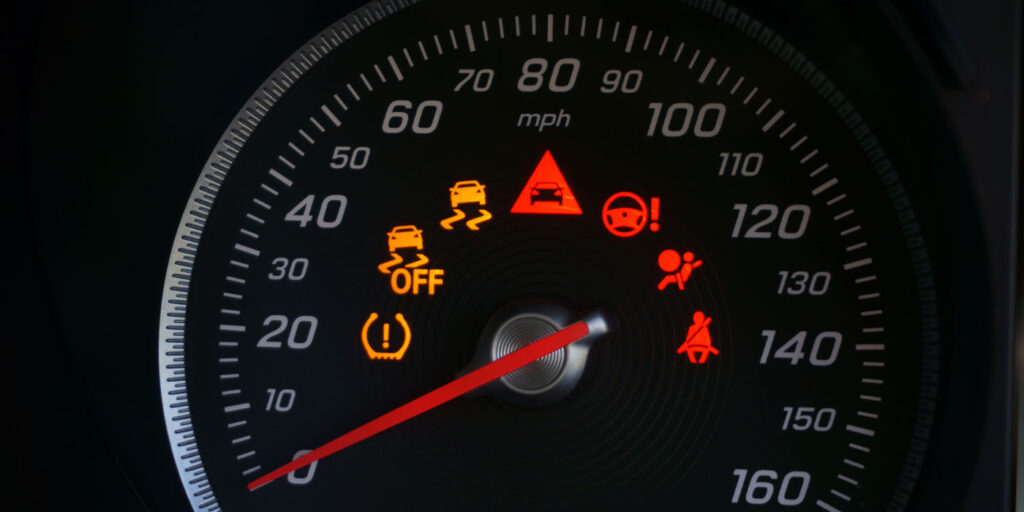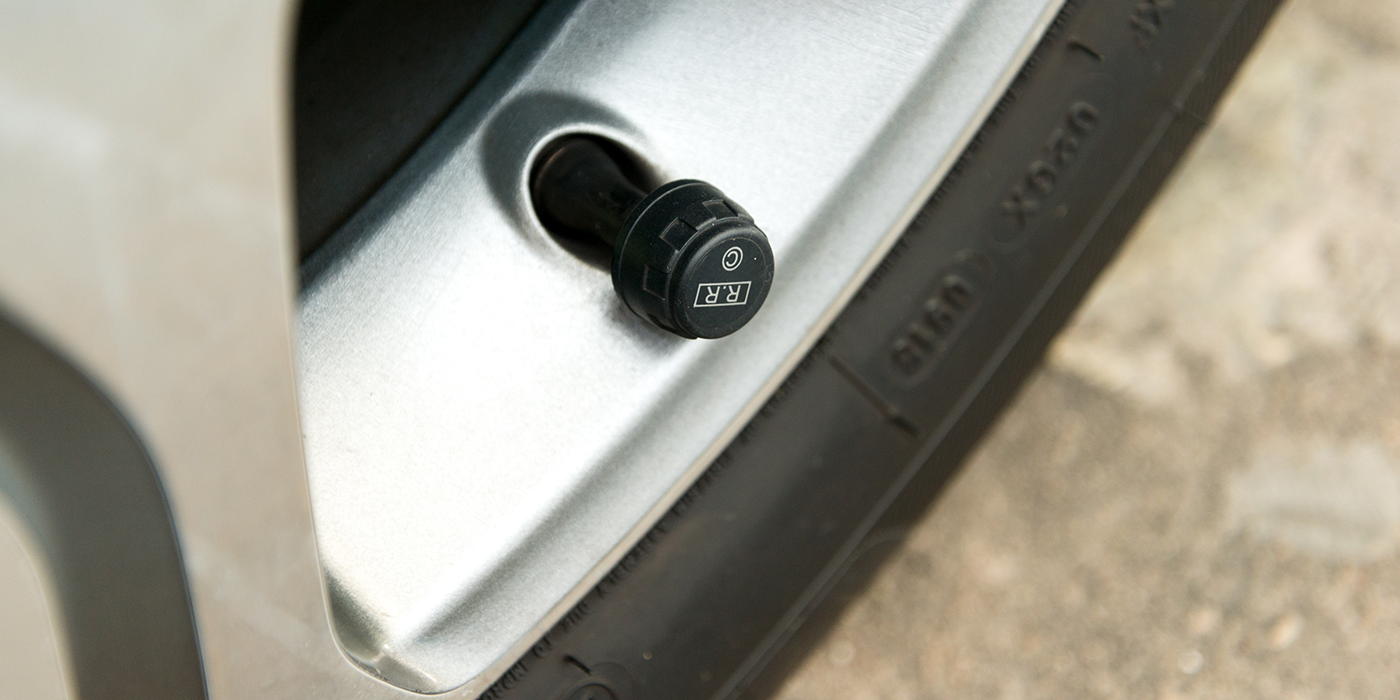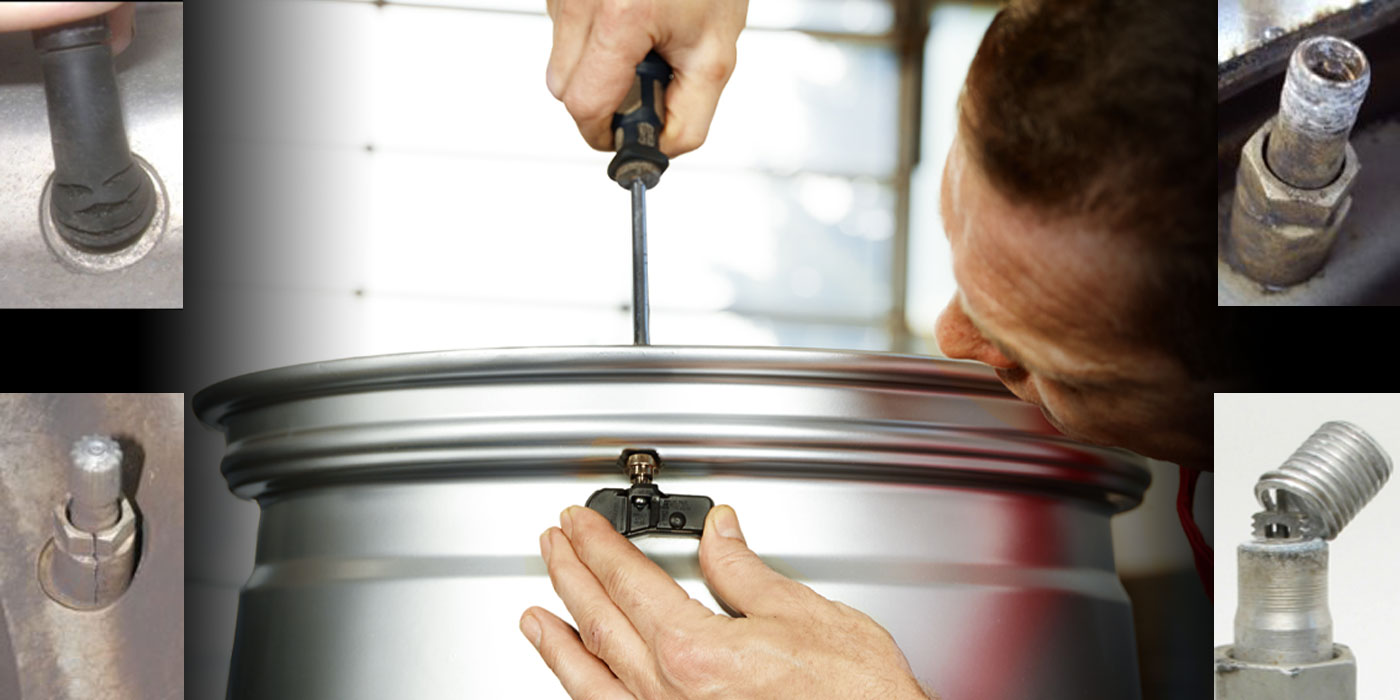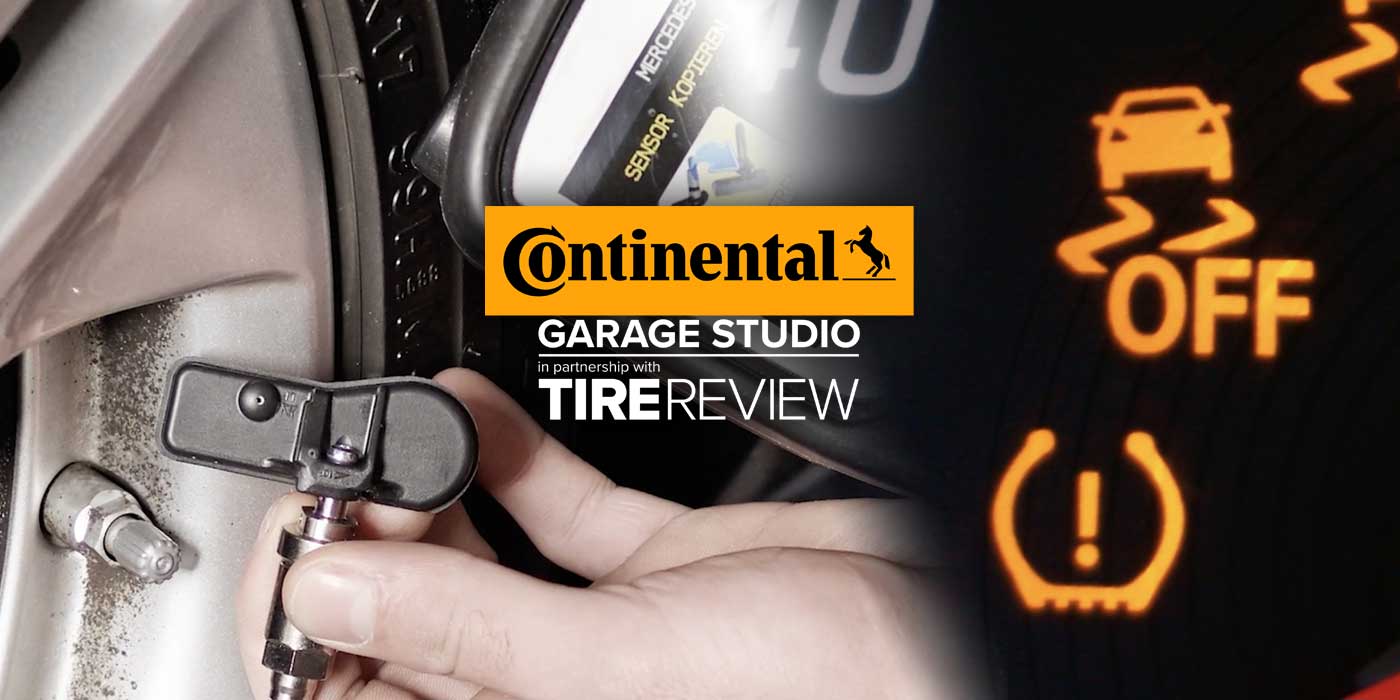TPMS is an important and helpful safety component of the vehicle, yet sometimes the light can give technicians frustration. The tires are all filled up to placard pressure and yet the light still appears on the customer’s dash? What do you do?
This means there are other problems a shop has to address. Those could include dead TPMS batteries, faulty sensors, a blocked signal to the TPMS module or an electronics fault.
A Dying Battery
TPMS sensors can last anywhere from five to 10 years depending on the vehicle. If a sensor is dying, the signal may be intermittent and not display a code on the TPMS tool. The light will flash or can be solid for a steady period of time.
Sensor battery life will depend on the daily milage the vehicle racks up and the conditions that it drives in. Cold weather puts less of a strain on TPMS battery life while stop-and-go traffic puts more strain on the TPMS battery, when compared to a constant speed. This is because sensors transmit more radio frequency transmissions when the vehicle is changing speeds.
It is a good practice to replace all four sensor batteries at the same time. Once one sensor dies, the rest are likely to be close behind.Servicing them all at once will save the driver time and money in the end.
Faulty Sensors
If the TPMS light blinks for 60-90 seconds before remaining solid, then it is likely there is a dead, damaged or missing sensor in one or more tires. Doing a quick “Test Before Touch” will identify any sensors not working. Once you discover which sensor(s) failed, find out why to make recommend the proper TPMS service.
There is a myriad of reasons why a sensor would fail. Some problems start with the sensor’s structure. If the stem looks bent or the sensor isn’t sitting properly in the rim, it could signal that the driver hit a curb or a pothole and hit the sensor, which caused a malfunction. Check the sensor body. If it’s damaged, replace the sensor.
If you don’t find any malfunctioning sensors, then the issue might be that they were not properly programmed or relearned on the vehicle. The wrong MMY, for example, may have been entered. The tool might be able to find the sensor, but the vehicle’s ECU can’t, which could cause the TPMS light to illuminate. Performing a relearn should solve the issue.
Signal Interference
Most TPMS sensors are activated with a low-frequency signal, which can be prone to interference. Anything transmitting in a similar frequency range –even a cell phone—can interfere with sensor communication.
Keep TPMS sensors away from each other during a relearn. If they’re close together, a different sensor might be triggered and relearned instead of the one that is needed. Pushing the vehicle forward a few feet also might help, as rotors, calipers and knuckles can block the signals. Some vehicle manufacturers, like Ford, recommend rolling down the windows during a relearn to avoid interference. Even performing a TPMS relearn procedure away from the shop could help if other signals are interfering with the process.
Lastly, you might want to check the spare tire, if the vehicle has one. Some vehicles will also read the spare tire pressure. Ensuring that the spare tire is also inflated to the proper pressure can help the TPMS light stay off.
Electronics Fault
If the TPMS module itself is not functioning properly or has failed, it could be because of a voltage supply, wiring or internal electronics fault.
If you think the TPMS module is not receiving a good signal from one or more sensors, check the antenna wiring for continuity and problems such as shorts, opens or high resistance. If the antenna wiring checks out but the TPMS module is still generating a “no sensor signal” code, the fault is likely within the module itself.
Tell your customer the TPMS module needs to be replaced and make sure you check the TPMS module voltage supply and ground connections. Low voltage can make any electronic module misbehave and act quirky.
On some vehicles, the signals to the TPMS module are shared or go through the keyless entry system so a wiring problem that affects the keyless entry could cause a problem with the TPMS. The TPMS module may function but not be receiving the right information from the keyless entry system.
Always look up the OEM service information for the vehicle you are working on to see how the TPMS system operates — especially if you are having difficulty figuring out a problem. You should also check for any Technical Service Bulletins (TSBs).













